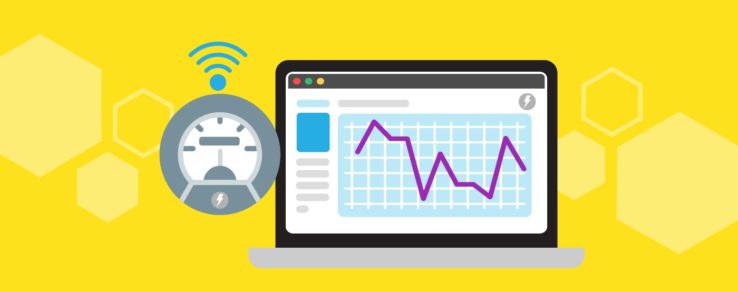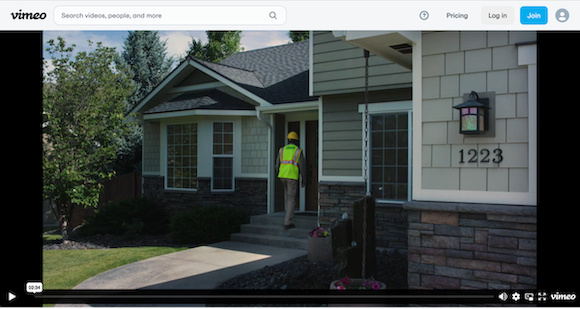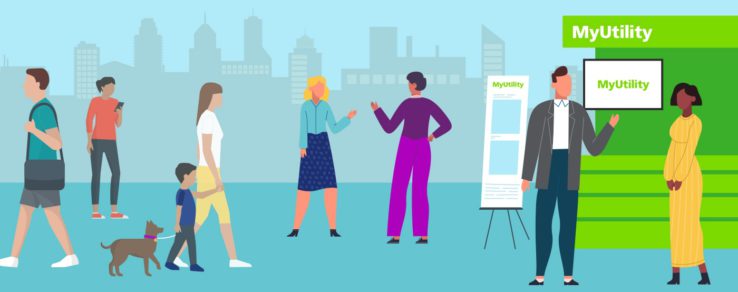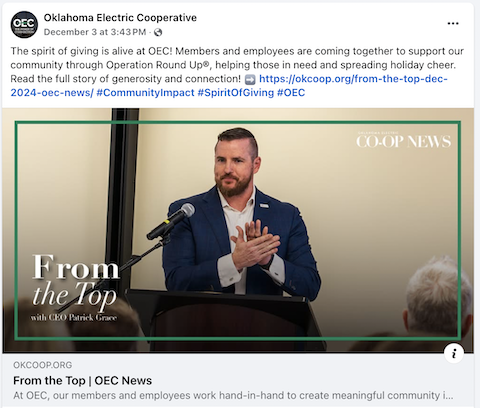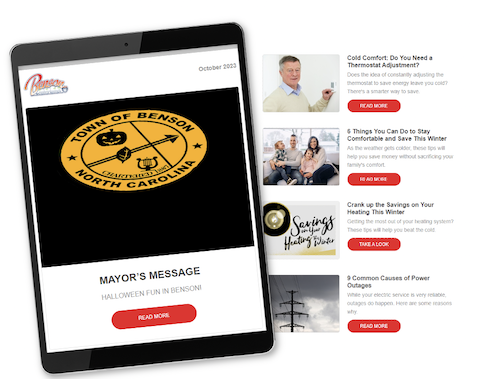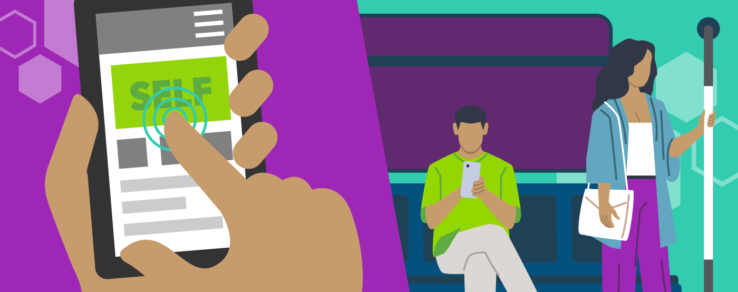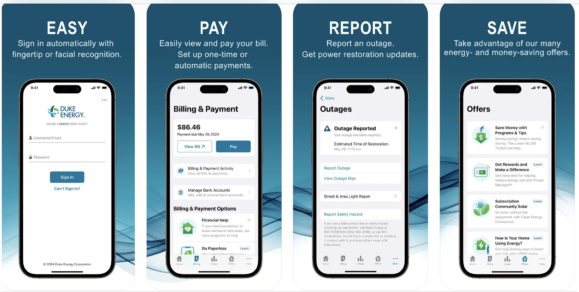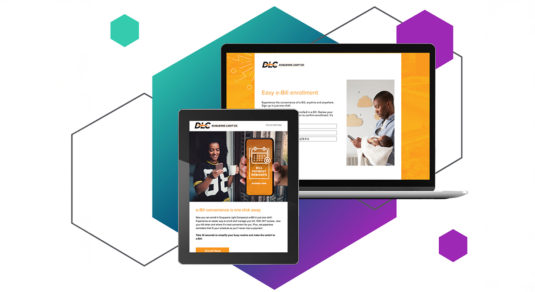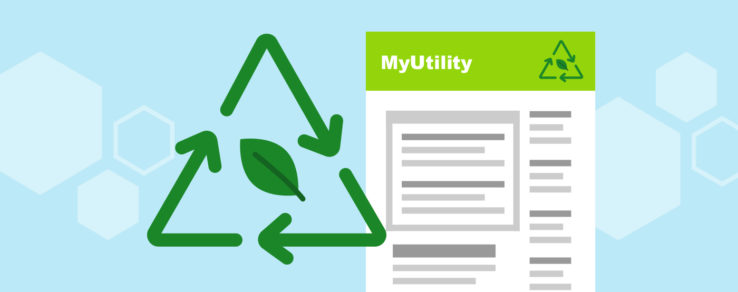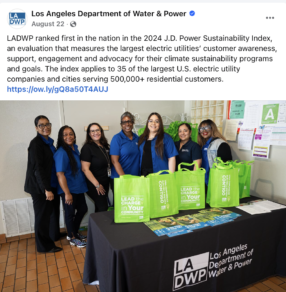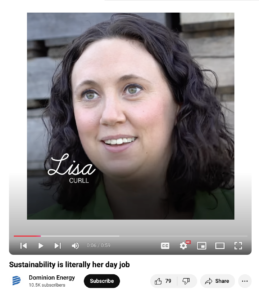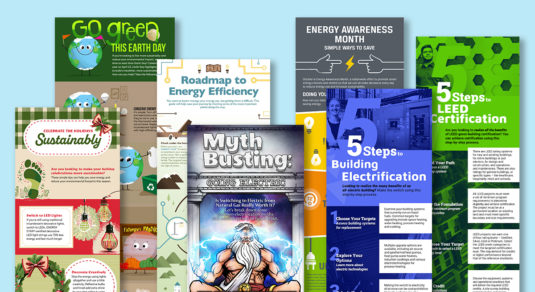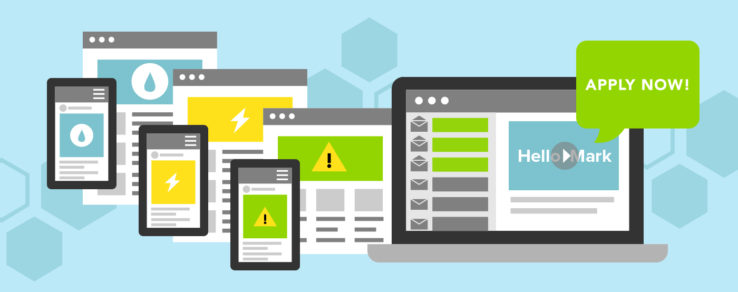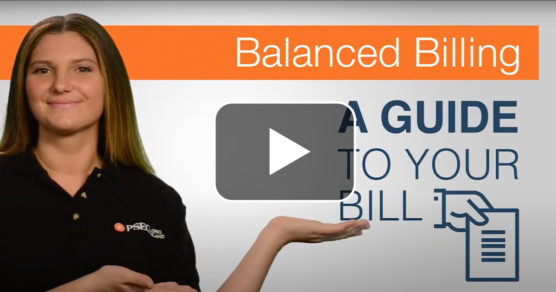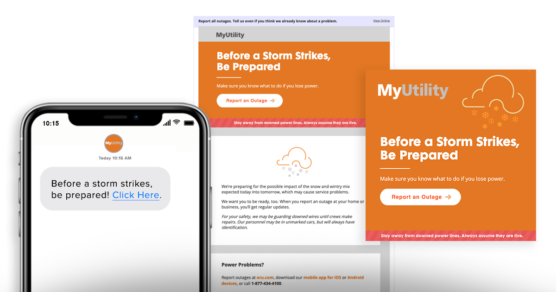Smart meters are a game-changer for both utilities and customers, enabling real-time energy monitoring, improved efficiency and faster outage detection. However, smart meter implementation often comes with challenges, including customer skepticism, misinformation and lack of awareness about benefits.
To ensure a smooth rollout and widespread adoption, utility marketers must implement a strategic smart meter communication plan to educate customers before and after installation.
Smart Meters by the Numbers
According to the most recent data, the number of smart meters in North America reached more than 146 million with a penetration rate of approximately 80%. This rate is expected to increase to more than 94% by 2029.
“With smart meter penetration reaching approximately 80%, utilities have an unprecedented opportunity to enhance grid reliability, improve outage response and provide customers with real-time energy insights,” says Blair Bryce, Marketing Manager at SmartWorks, a company that provides meter data management and analytics solutions. “Effective smart meter communication is crucial because it helps customers understand the benefits, fosters trust and empowers them to take control of their energy usage.”
This rapid expansion underscores the importance of effective smart meter education. Proactive communication strategies can help build customer trust and acceptance, ensuring the successful integration of smart meters into grid infrastructure.
Proactive Communications Before Installation
Before installation begins, utilities should launch comprehensive smart meter communications to inform customers about benefits of this important technology and address any potential concerns. These campaigns should utilize multiple communication channels, including email, social media, direct mail and community events, to ensure broad reach and engagement.
Utilities should proactively answer common customer questions, such as how smart meters impact privacy, data security and energy costs. Additionally, hearing from real customers who have benefited from smart meters can be more persuasive than corporate messaging alone. When it comes to smart meter education, sharing testimonials, case studies or video stories can help build trust and credibility.
“Proactive communication before smart meter installation is essential to ensure customers feel informed and confident about the process,” Bryce says. “By addressing potential concerns, explaining the benefits and setting clear expectations, utilities can create a smoother transition for customers.”
Proactive campaigns should communicate key smart meter benefits:
- Increased billing accuracy: No more estimated bills — smart meters provide precise, real-time readings.
- Energy usage insights: Customers can track their usage patterns and make informed decisions to save energy and money.
- Faster outage detection and restoration: Smart meters automatically alert utilities to outages, leading to quicker response times.
For example, Duke Energy, a North Carolina-based energy holding company, created an interactive webpage with an explainer video, FAQs and customer testimonials that clarified how smart meters work and addressed common concerns. The explainer video, also available on the utility’s YouTube channel, explained how smart meters work in consumer-friendly language.
In addition to highlighting smart meter benefits, it’s also important to educate customers about the smart meter installation process. When customers understand what to expect — from the timeline to installation procedures — they are more likely to embrace the change with confidence. Avista, which provides electric and natural gas service to four Northwestern states, shared a helpful video on their website about what customers can expect from their upcoming installation and what they can do to ensure a smooth process.
Hosting informational town halls, webinars and live Q&A sessions can also be an effective way to address customer concerns in real time. New York State Electric and Gas (NYSEG) held a series of informational open houses where customers could ask questions about smart meter installations and receive direct responses from company representatives. It was also an opportunity for customers to learn about helpful resources to lower energy costs.
Not all customers have the same concerns or level of understanding about smart meters. Some may be excited about the convenience and real-time energy insights, while others may have privacy concerns or simply prefer traditional meters. For effective smart meter education, utilities should tailor messaging based on demographics, energy usage habits, customer sentiment, among other characteristics.
- Tech-savvy customers might appreciate advanced data insights and app integrations.
- Budget-conscious households may be more receptive to energy-saving tips and bill optimization.
- Privacy-conscious customers need reassurances about data security and usage policies.
By using customer segmentation, utilities can create targeted smart meter communications that address specific concerns and motivations. Providing clear, transparent and customer-centric messaging fosters greater understanding and helps drive adoption of smart meters.
Addressing Skeptical or Hesitant Customers
Despite the benefits of smart meters, some customers remain hesitant to make the switch. Addressing customer concerns in smart meter education requires a mix of factual information, customer testimonials and third-party endorsements.
“For the majority of customers still hesitant — typically the ‘laggards’ in the adoption curve — it’s important to provide additional support, answer questions and emphasize how smart meters can improve both their convenience and cost savings,” Bryce says. “By fostering understanding and trust, utilities can help ease the transition for reluctant adopters.”
When it comes to the transition to smart meters, transparency is key. Utilities should clearly communicate how data is collected, stored and used as well as cybersecurity measures in place to protect data. Utilities should also share research from trusted sources, such as government agencies or energy experts, validating smart meter safety and efficiency.
As PSE&G neared the end of the installation phase of its Smart Meter program, there were customers who did not have a smart meter installed because of access issues, or because they had opted out of the program entirely. PSE&G targeted these two groups of customers with a letter and email campaign that encouraged them to make a smart meter installation appointment or to opt back into the program. In both instances, customers were directed to the utility’s smart meter webpage where they could learn in detail about the many smart meter benefits they were forgoing.
“In addition to encouraging these customers to take the extra step to schedule an installation appointment or reconsider their opt-out decision, we also wanted to remind customers about the positives that smart meters offer,” says Francis Sullivan, Campaign Manager for PSE&G. “All the letters and emails encouraged customers to visit our smart meter webpage that had detailed information about smart meters, what to expect from the installation process and FAQs.”
This approach encourages immediate action, demonstrating the importance of transparent and persuasive smart meter education in driving adoption. As the utility continues to replace existing electric meters with smart meters, PSE&G shares ongoing smart meter education. For example, customers can find answers to frequently asked questions and other information about smart meters in the utility’s monthly newsletter, EnergyLink.

Engaging Customers After Installation
The success of smart meter adoption doesn’t stop at installation — it requires ongoing education and outreach. To maximize the impact of smart meters, utilities must continue engaging with customers, ensuring they understand how to use smart meter tools, access resource and take advantage of the benefits.
“Sending follow-up communications after smart meter installation is key to helping customers fully embrace the benefits of this new technology,” Bryce says. “By sharing valuable tools like energy usage insights and personalized recommendations, utilities empower customers to make informed decisions, optimize their energy consumption and ultimately save money.”
Post-installation smart meter communications should:
- Promote smart meter tools: Encourage customers to explore online tools where they can track their energy usage, set usage alerts and receive personalized energy-saving tips. Providing easy-to-follow video tutorials or FAQs can help customers navigate these digital resources.
- Encourage energy-saving behaviors: Smart meters empower customers to make informed decisions about their energy use. Share tips on how to reduce consumption during peak hours and optimize home appliances.
- Gather and act on customer feedback: Customer input is invaluable for refining your smart meter communication strategy. Conduct surveys or invite feedback through customer service channels to understand their experience with smart meters and identify areas for improvement.
For example, PSE&G shares smart meter education to customers post-installation. Promotions are currently focused on the utility’s MyMeterportal, which gives customers a detailed view of how they use energy. The portal also provides a number of tools and resources to help them save energy and money.
“Having a smart meter installed at a home or business is really only half the story. To get the most out of the device, our electric customers need to know about and access the MyMeter portal,” Sullivan says. “That’s why our focus for the past several months has been on educating customers about all the ways MyMeter can help them, whether it’s checking their usage patterns, setting a usage alert of even using the built-in rate comparison tool for our residential customers.”
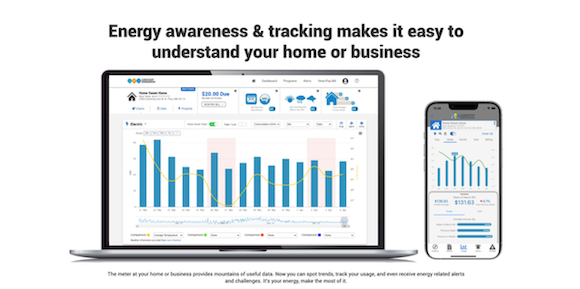
The Path Forward
Smart meters are an essential component of modern energy management, but their successful adoption depends on transparent and customer-centric smart meter education.
By proactively educating customers before installation, addressing skepticism with credible information and providing engaging tools post-installation, utility marketers can ensure a smoother transition and maximize the benefits of this advanced technology.
